6 Things I Learned About The AWD Toyota GR Yaris
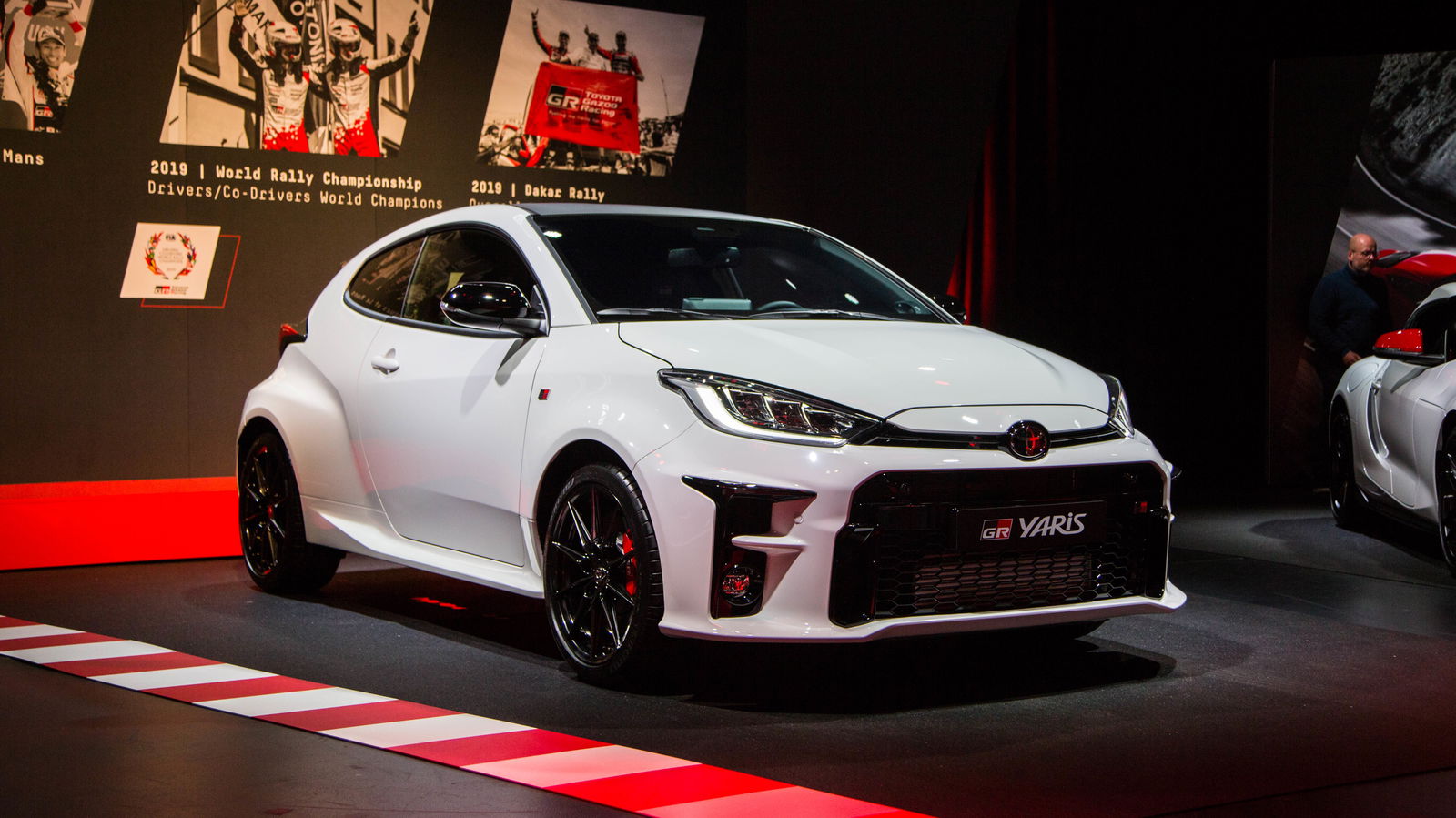
Toyota has had a blinding start to 2020, revealing its most important performance car in years. It’s called the GR Yaris, and it’s unlike any other hot hatch on sale, with a huge amount of bespoke work going into its design and development.
We took a closer look at the car in Amsterdam as part of Toyota’s ‘Kenshiki Forum’, where we picked the brains of Gazoo Racing Executive General Manager Yumi Otsuka, GR Yaris chief engineer Naohiko Saito, and Toyota Europe marketing man Tatsuya Namura.
Here’s what we discovered:
4WD made the platform splicing necessary
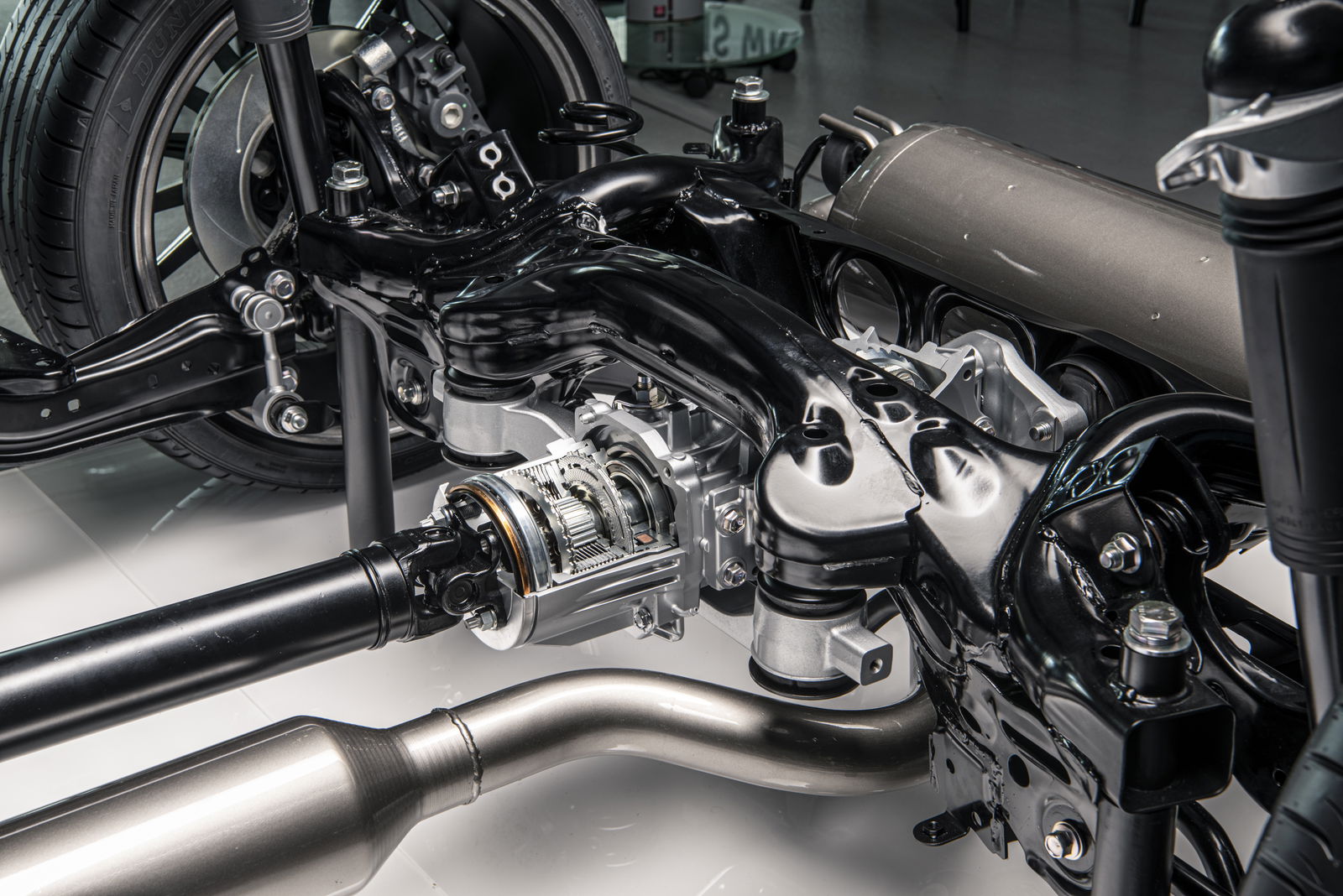
The GR Yaris sits on a completely new platform, created by joining the front end of the boggo Yaris’ GA-B architecture with the rear of the GA-C platform used by the Prius, among other Toyota products. A big driver for this setup was the all-wheel drive system; to accommodate the differential/clutch pack pairing and also give the GR Yaris a rear capable of handling all the torque, the GA-C’s double wishbone suspension layout was needed. At the front, the MacPherson strut layout of the standard Yaris is retained.
Along with the packaging considerations, adopting a double-wishbone rear also gives the benefit of better dynamics. Such a setup sees the negative camber increase with travel, giving a better and more consistent tyre contact patch as the dampers are compressed.
It doesn’t share any exterior bodywork with the standard Yaris
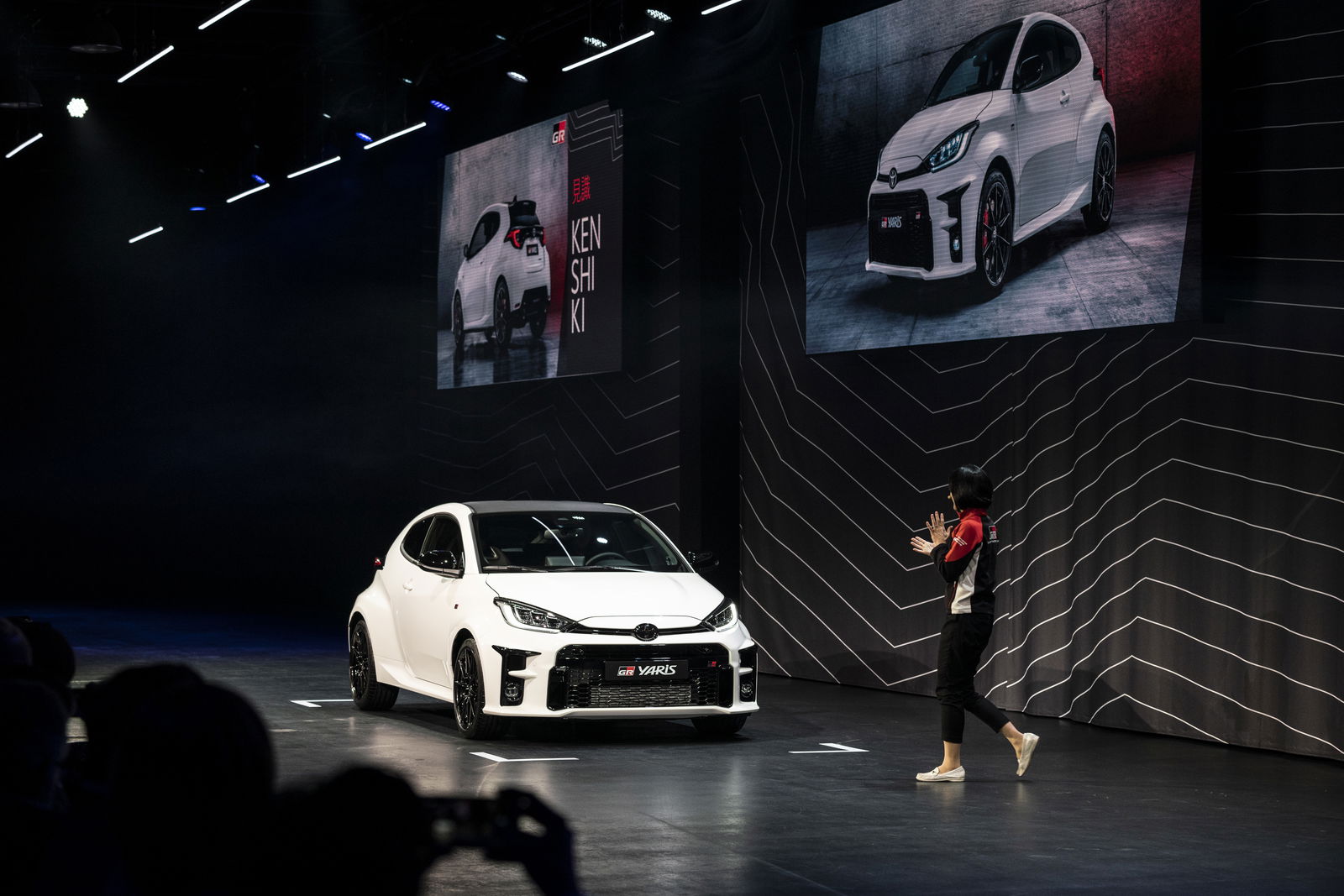
Given that the standard Yaris isn’t available in a three-door configuration, it should come as no surprise that a lot of bespoke stuff goes into the GR’s bodywork. In terms of exterior panels, not a single part is shared - the only carryover is the front and rear light clusters.
The roofline is 91mm lower than on the normal five-door, giving the rally boys are much more aerodynamic shell to work with. It’s also 55mm wider, to accommodate the significantly beefier rear track.
You can ‘feel’ the lightness in the metal
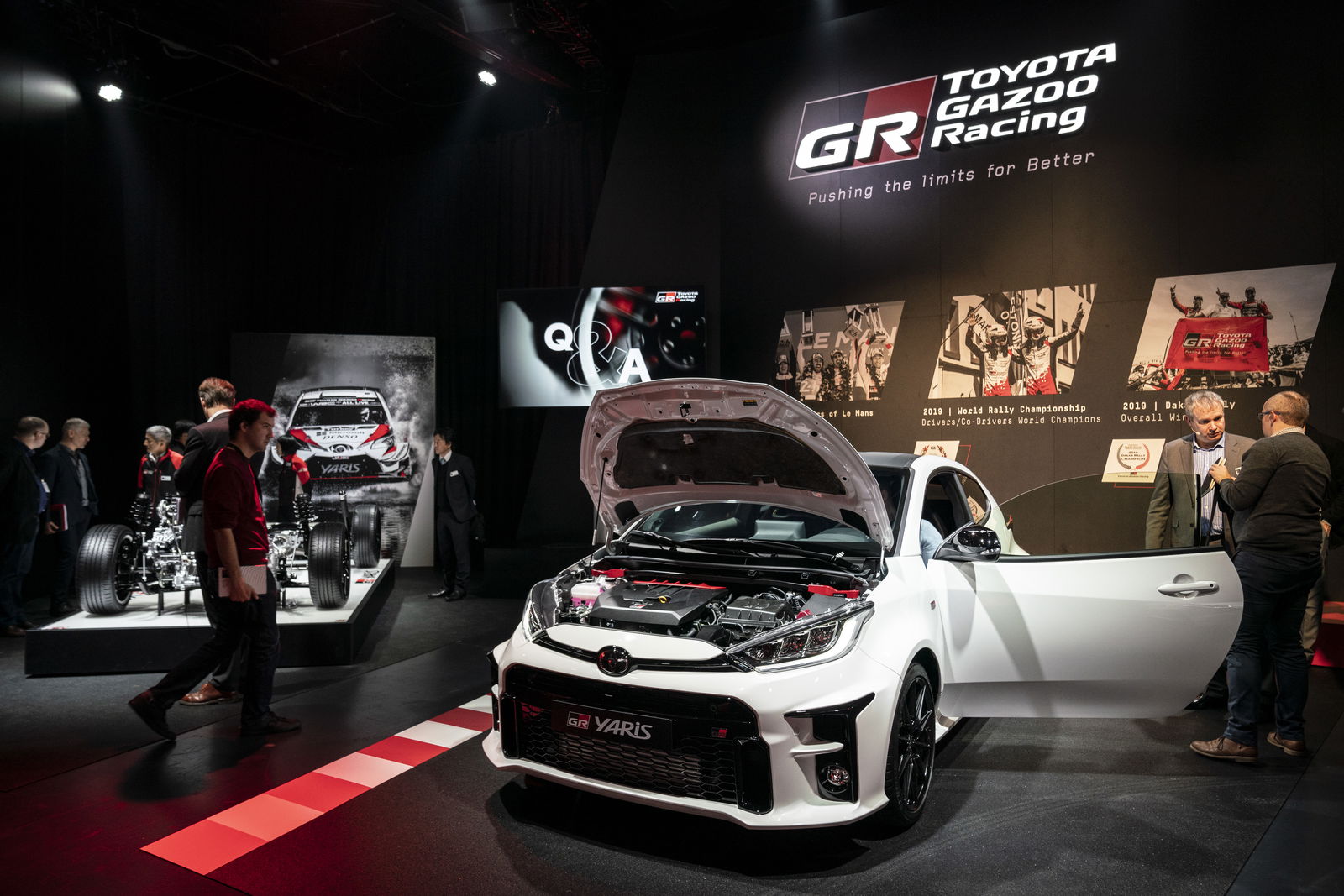
The fresh bodywork includes a carbonfibre-reinforced plastic roof, plus a bonnet, boot lid and doors made from aluminium. It’s opening the doors and the boot where you really get a sense of how light the GR Yaris is - it feels like there’s nothing to them. The bumpers are thin too - you can flex the plastic with a light press.
All told, the GR Yaris tips the scales at 1280kg, a good chunk lighter than the only comparable car to be released in the last few years - the Audi S1. It’s not just the panels that help with this - the nature of the all-wheel drive system is a big factor. Which leads us neatly to…
The rear clutch pack is lighter than Haldex’s
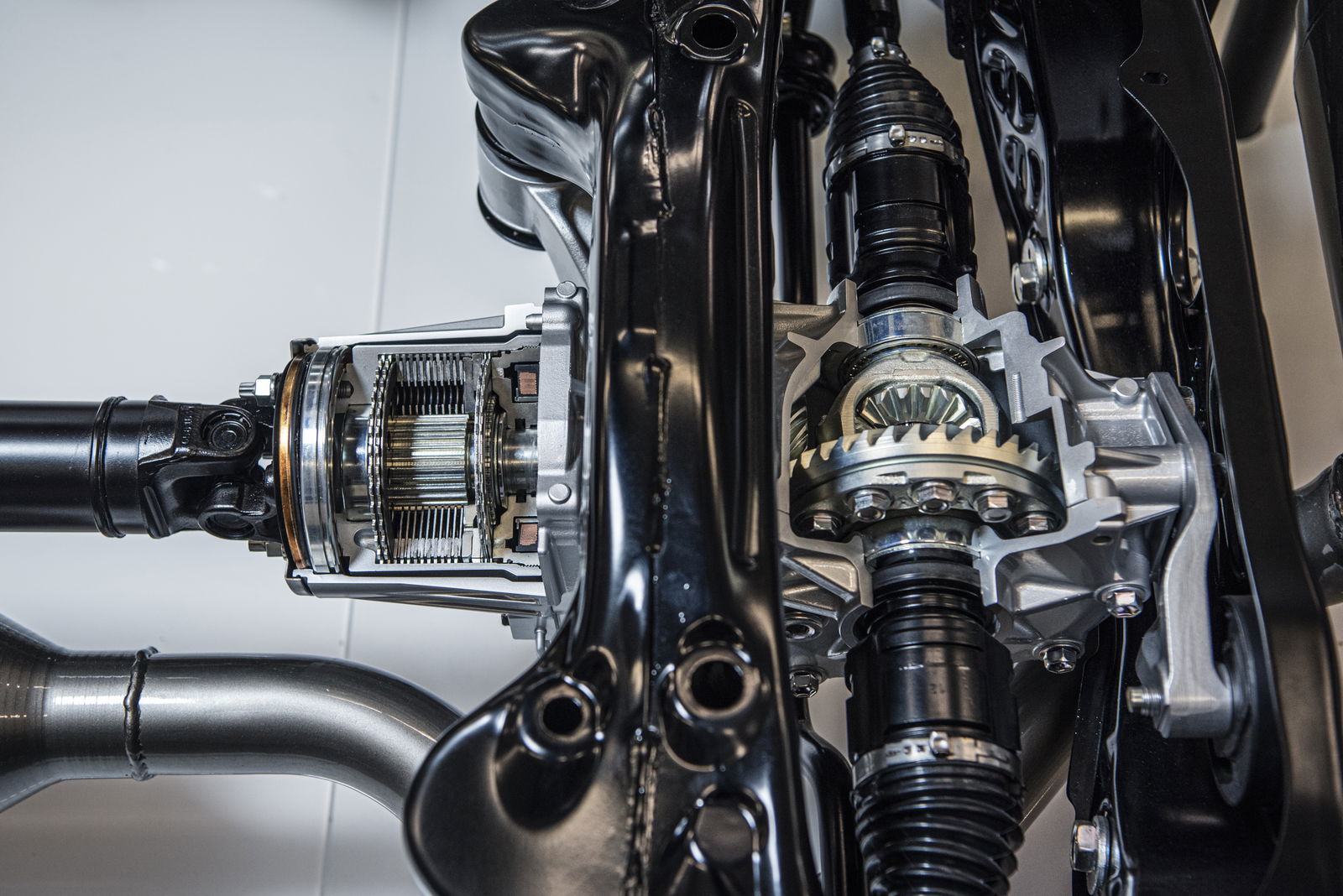
A notable omission in the GR Yaris’ all-wheel drive system is a centre differential. Instead, the car has a clutch pack sitting between the propshaft and the rear differential. The clutch unit is supplied by Toyota Group’s own company JTEKT and is described as being “lighter and smaller” than a Haldex-style clutch.
Speaking of, a Haldex clutch-type all-wheel drive system will run as front-wheel drive most of the time, sending power rearwards only when necessary. This isn’t the case with the GR Yaris’ setup, which is not an ‘on-demand’ system. Further separating it from Haldex, it’s capable of a rear-bias with a 30/70 default split given in ‘Sport’ mode. It’s 60/40 in ‘Normal’, while in Track, it’s 50/50.
The rear differential is geared one per cent faster than the front, allowing for the power transfer from front to rear which occurs via JTEKT’s clutch pack slipping. The differentials, meanwhile, are open as standard but swapped for Torsen limited-slip diffs if the Circuit Pack is specced.
Tommi Makinen Racing had to ‘fix’ the early prototype
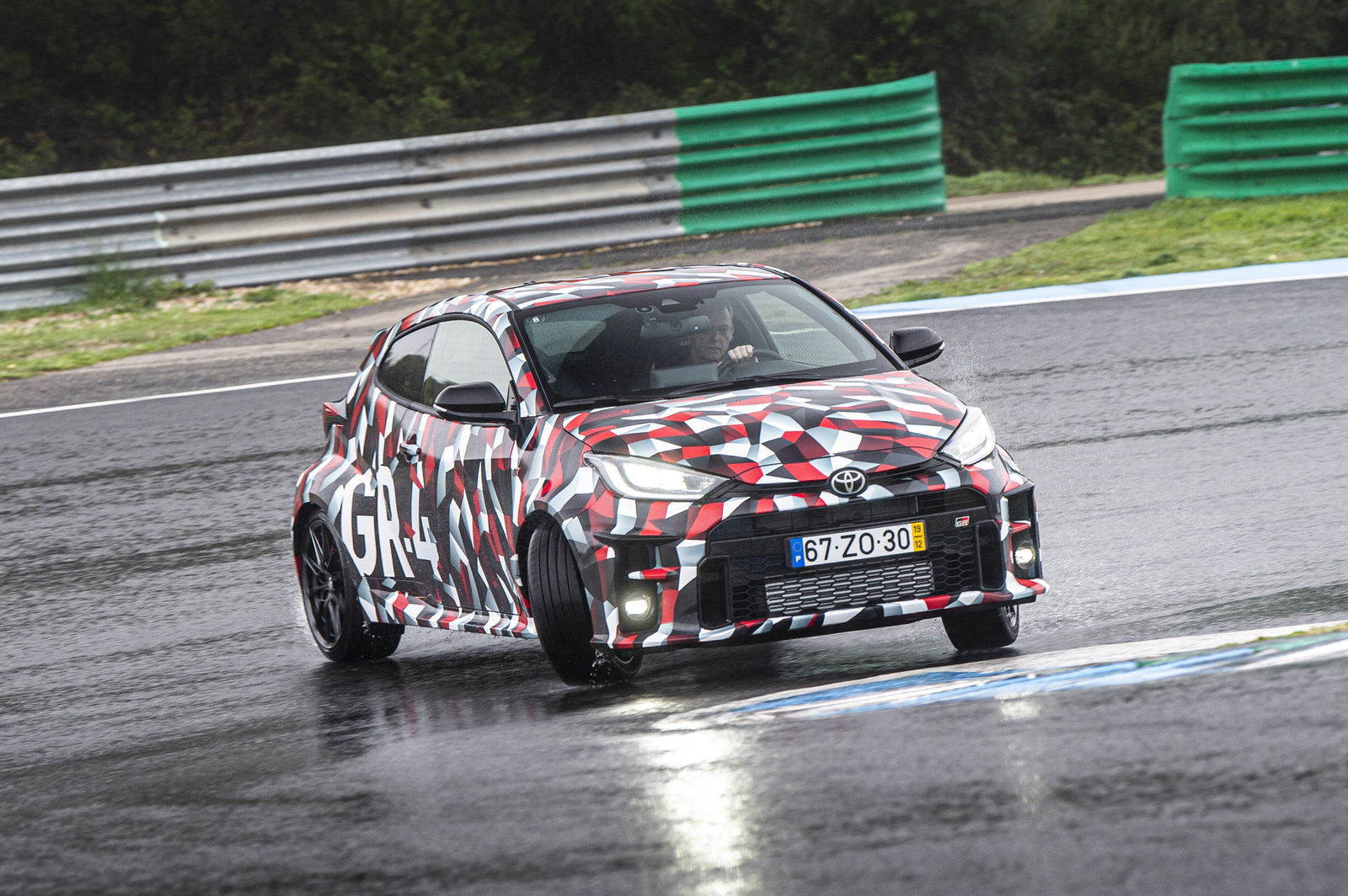
A key part of the car’s development was the involvement of Tommi Makinen Racing, the legendary rally driver’s company that runs Toyota Gazoo’s WRC effort. Namura recalls an early and “ugly” mule Toyota built itself, which needed some attention from the outfit.
“We tried to make one, [but] it didn’t work at all. It wouldn’t complete a lap,” he said. In steps Tommi Makinen and co to put things right. The team would go on to test the car on various surfaces at different points of its development, offering feedback and expertise to create the car you see here today.
Toyota needs to make at least 25,000 and it won't make much money from them
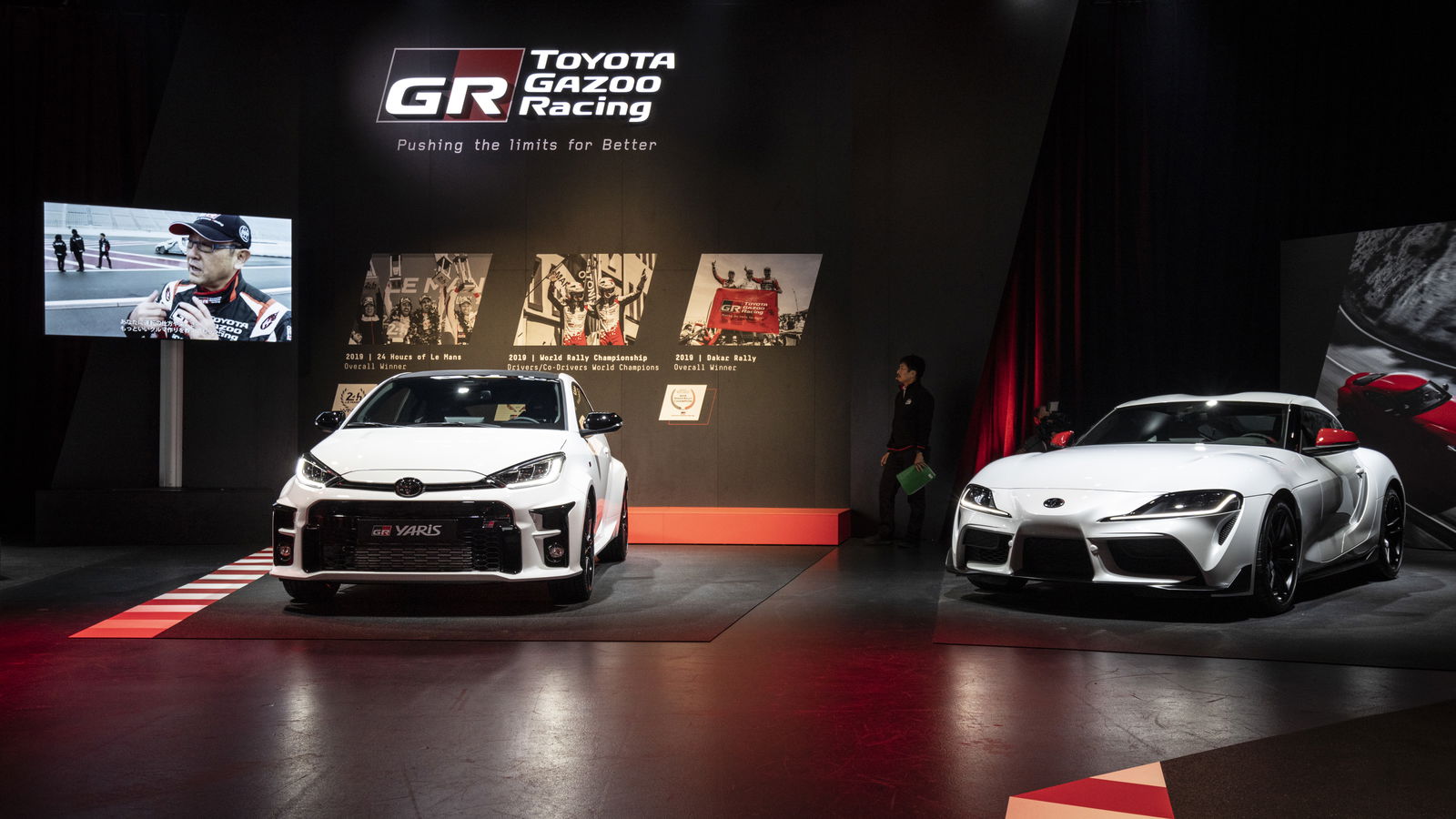
Toyota can’t - as with the Yaris GRMN - limit the GR Yaris to a few hundred units. In fact, to homologate the unique three-door body for the WRC, it will need to build 25,000 of them in a year. It is allowed to sell those over a longer period, but still, a car with that kind of production volume will require a relatively competitive price.
The all-singing, all-dancing launch edition car works out at just under £28,000 in Japan. Car prices are a good chunk more expensive over here in the UK, meaning we can expect the B-segment GR Yaris to start at about the price of a C-segment hot hatch wearing a few options. Given the level of bespoke engineering that’s gone into it, the margins are surely tight. I asked Namura-san if Toyota would make a loss on each one sold, and he wouldn’t confirm either way, merely saying “I hope not!”

Any profit is likely to be modest. So how does something like this get signed off? “[It’s] very difficult. But Akio-san really had the passion to do something like this and challenged us to work as a team. Is it lucrative…?” Namura-san trailed off.
In other words, we’re extremely lucky that this thing was greenlit. Let’s just hope the way it drives lives up to the hype - we’ll be finding that out later in 2020.
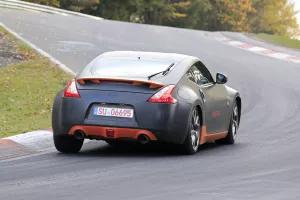
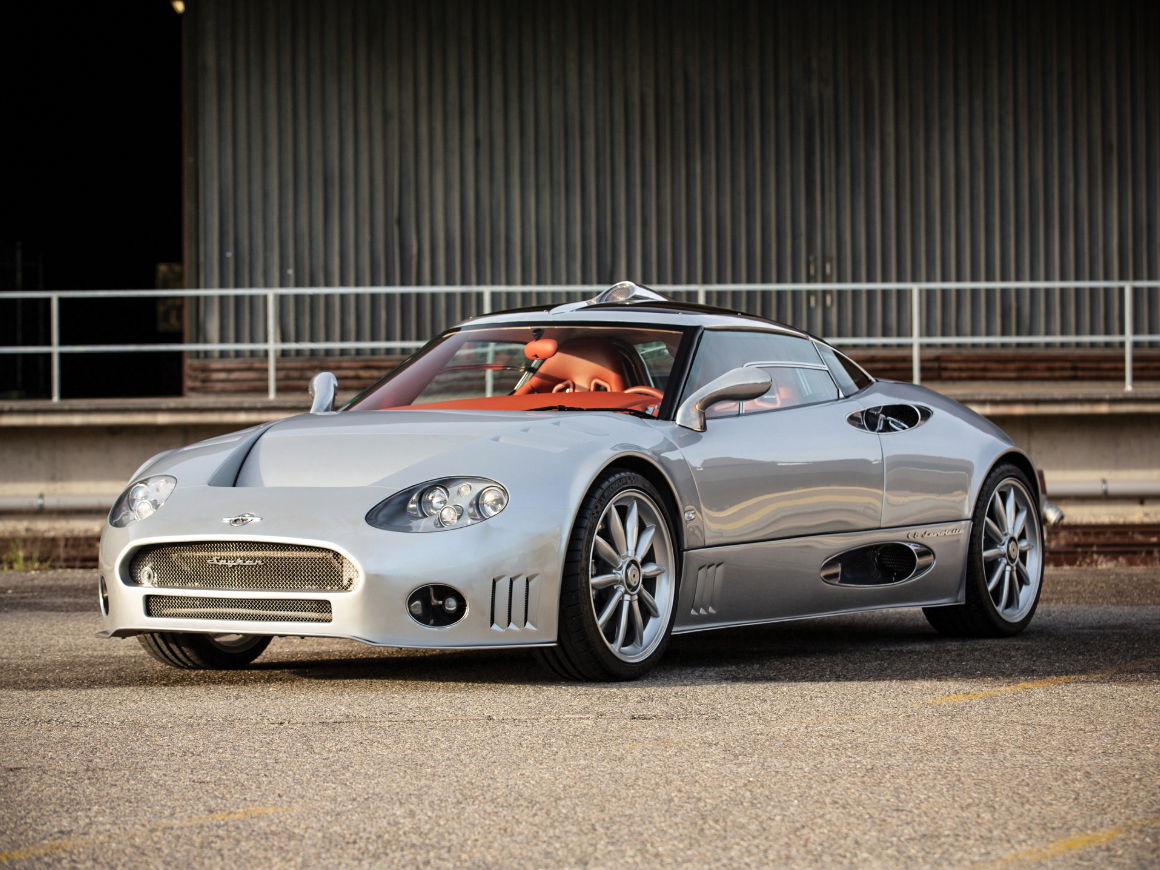

Comments
The torque bias paragraph doesnt make sense…. its never sending any more than 50% to the rear….its behaving exactly like haldex
i feel tingly :)
this is such a refresh news from all the stupid SUV Crossover news. The world as gone mad.
Big salute to Toyota for trying to make cool cars again.
I have never wanted a Toyota more in my life than I want this Yaris
USA?